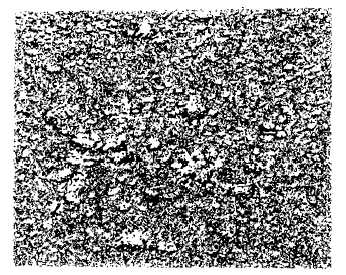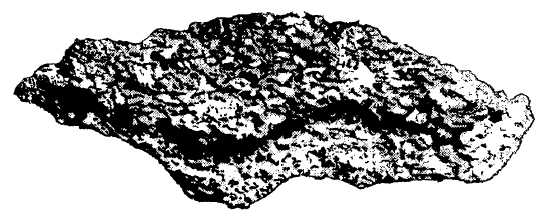ARMY TM 5-5420-212-23
MARINE CORPS TM 08676A-23/2
FIGURE 2-9 Paint blistering
(5)
Rust Staining. Red and yellow oxides produced from ferrous metals show as rust stains on what appears
to be a reasonable paint surface. In fact they indicate that small fissures have developed and the metal substrate has
begun to corrode. This fault should be cleaned down to the substrate.
(6)
Flaking or Peeling. This fault is the most easily confused condition. Paint is caused to flake by numerous
conditions some of which are avoidable mistakes in application or pretreatment, and not, as commonly thought, by a
deterioration in the paint film. In all cases where the paint film adhesion has deteriorated so that the paint is lifting and
flaking, the extent of the damage and the general condition of the entire component must be considered before a repair
decision is made. If the damage is very localized, the affected area only should be repaired in the form of patch painting.
But in the event of a general deterioration, for example upwards of 10% in patches of the total surface area, localized
repair would be false economy and a complete re-treatment should be authorized.
(7)
Figure 2-10 shows the underside of a paint flake contaminated with rust, oil and chalk.
(8)
Figure 2-11 shows a flaking paint system caused by the omission of primer pretreatment.
(9)
Figure 2-12 shows a badly flaking paint system that requires cleaning to a suitable substrate and renewal
of the paint system. This illustration is a direct extension of Figure 2-9 where the paint was blistered.
FIGURE 2-10 Paint flake
2-7



